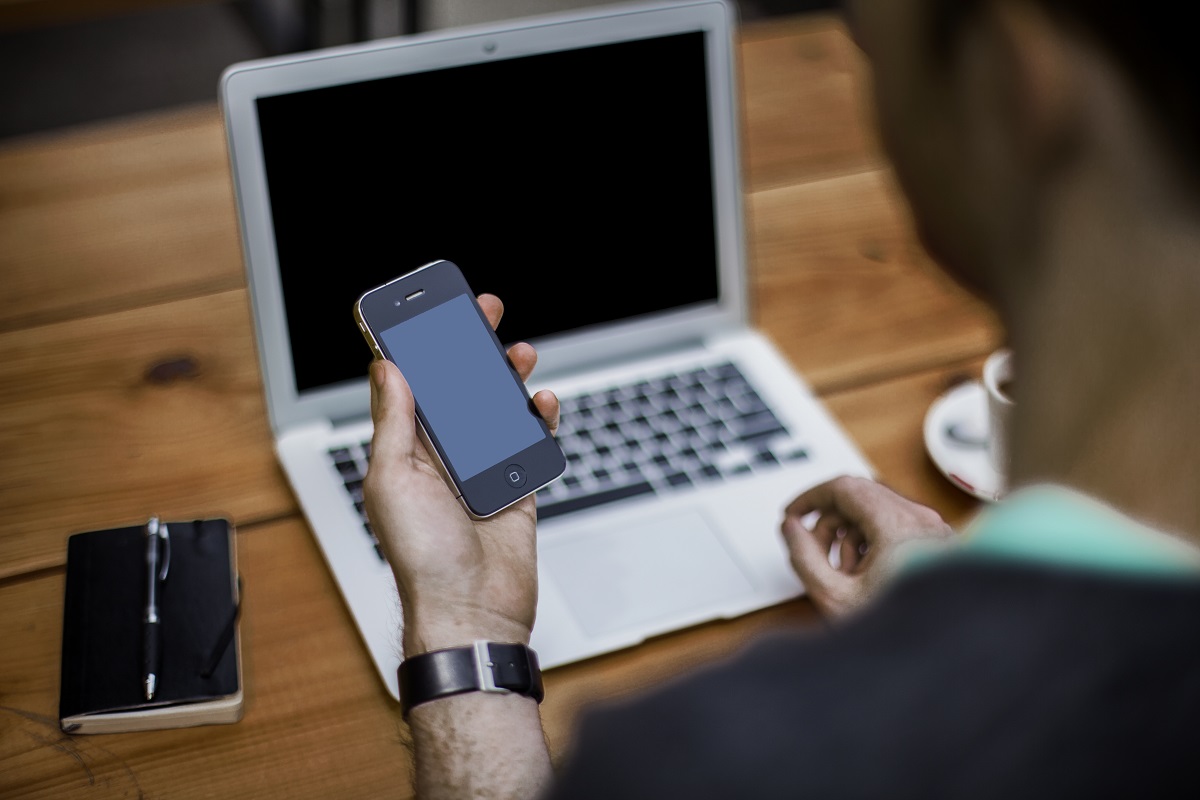Have you ever lane-hopped through traffic on the drive to your office while listening to radio news bytes, running through your to-do list, checking for texts at the traffic lights and feeling guilty that your tax return is late?
I’ve done it myself.
Women seem to be built for juggling tasks, and these days everyone is expected to try to handle multiple priorities at home and the office. Now we live and work in a digital communications blizzard of smartphones, instant messaging, Twitter, Facebook, YouTube, 24 hour-a-day news services, tablets and laptops. It’s an exponentially growing, breathless world for multi-tasking people.
Most of us wear myriad hats—expert, organiser, planner, marketer, parent, friend and all round problem-solver. It’s more than likely that six things is the least you are doing at any one time. We are all guilty of taking on too many things at once. The question to ask yourself is—Is it working?
While you ponder that—in and amongst checking your email, posting to Twitter, and uploading a video of your last vacation to Facebook—I am here to tell you that multi-tasking is a myth.
Neuroscience has allowed us to start realising what most spiritual traditions have been saying for millennia: doing more than one thing at a time is not nearly as useful as we think. Life is meant to be lived in the moment. Nevertheless, the myth remains that you can somehow beat the deadline and the clock, and miraculously ‘catch up’ on all you have to do, if only you can squeeze more in.
Be realistic—what is the quality of a piece of work that has been knocked out while answering every email that happens to pop up? Studies into productivity of office workers have shown that it takes around 15 minutes to return to something we are working on with the same level of attention following an interruption. Yes. That’s 15 whole minutes.
So while we like to think we can do more than one thing at a time and juggle tasks successfully, the reality is that we are switching attention from one task to the next. Sure, we can do it for a while, longer with the aid of adrenaline and caffeine, but over time our divided attention takes more energy to sustain.
Then we slow down and become less responsive to each task and less efficient. Not only does this lead to stress and feeling tired and torn in a million directions, at a neurological level our brain is functioning in a different (read: worse) way.
Brain research shows that when we are focused on one thing, the hippocampus (responsible for memory, learning and emotion) is stimulated. So in terms of that tricky new software, this means that you have greater memory of the task and do better at it next time. Following an interruption, you are also more likely to remember where you left off. Finally, being more present means you’ll have better insights and gain a sense of achievement and completion when the task is done.
Compare this with the distracted, frazzled feeling of multi-tasking. As you access different areas of the brain, you are more prone to error and are less likely to recall what you have done. Which means wasted time later on.
For your homework this week, make a decision to ditch multi-tasking. Begin with something small, like cleaning your desk or calling your parents. Instead of daydreaming, really pay attention to what you are doing. Do it with complete focus and awareness.
Give your undivided attention to what matters at work and home.
And notice how rich with experiences the world can be.
